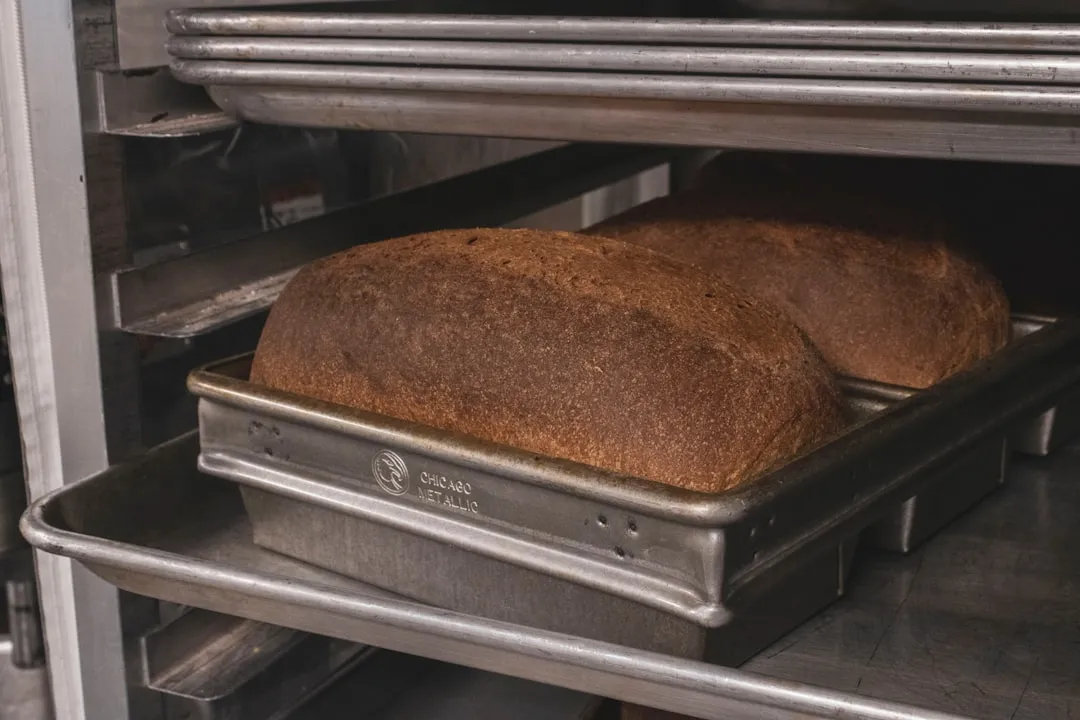We all have our favorite cooking oils, but not everyone knows that they're not all interchangeable. Each type of oil is best for certain jobs, and they all have different smoke points and flavor profiles, which are the two most important criteria in determining which one to use.
Here's a quick breakdown of how to choose the best type of oil for whatever you're cooking.
Smoke Point: What Temperature Is Best for What?
An oil's smoke point is the temperature at which it starts to break down and, well, smoke. Much hotter and you'll have a grease fire on your hands. But even if it doesn't start to burn, oil shouldn't be consumed once it's past its smoke point. Not only does it destroy the flavor, it starts to produce fumes and compounds that are actually harmful to your health.
That's why it's important to think about your cooking method when choosing an oil. The higher the heat you're using, the higher the smoke point should be. Almost any kind works for sautéing, but if you're going to be cooking with super high heat, you need an oil with a high smoke point, like safflower oil or ghee (clarified butter).
Flavor: What Oils Taste Best in What?
Sometimes, even if the smoke point is appropriate for your cooking method, certain oils shouldn't be used because of how they'll affect the flavor of your dish. Olive oil, for example, has a very strong, distinct taste that's not easy to cover up. This makes it great for dressings or for dipping bread, but not for dishes where you don't want to taste the oil.
For baking, you have to be even choosier. Since most baking is done at a relatively low temperature, the majority of oils have a high enough smoke point, but the flavor profile is more important.
You want to use an oil that either compliments sweets or won't affect their taste at all. Butter, shortening, canola oil, and extra virgin olive oil all work well for baking (and they can make a pretty big difference in the texture, too).
All You Need to Know in One Handy Chart
Now that you know the two main parts to selecting the right cooking oil for the job, check out the "Kitchen 101: Cooking Fats & Oils" infographic below from Chasing Delicious to see the smoke points and various uses for each of the most commonly used cooking oils—in one handy chart.
You can view the full-size graphic on Chasing Delicious, as well as purchase posters for your kitchen wall, a sound investment if you use cooking oil everyday.
Cooking oils image via Shutterstock


























Comments
Be the first, drop a comment!